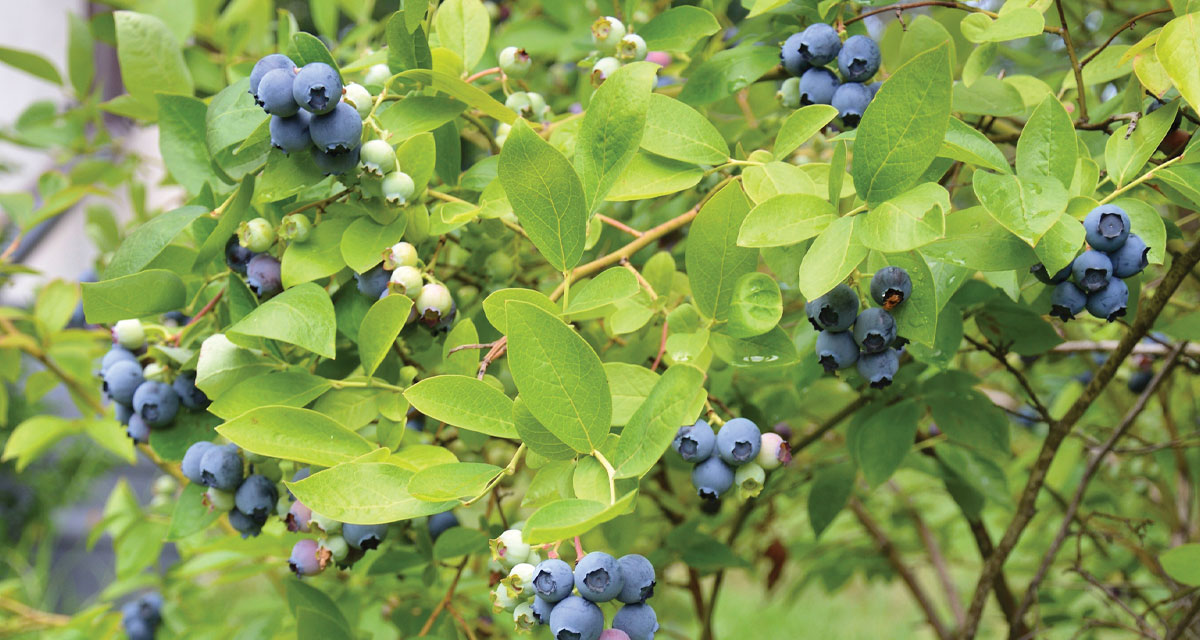“What-if…?” these worrisome words arrive in the consciously spinning topics in our minds, from safety and financial security to loved ones and pet health. Asking, “What can I do?” leads to a proactive decision to invest time in the ultimate insurance policy—valuable life skills comprising security, shelter, food, water, and medical care! In any emergency, from extreme weather to a personal disaster, you have the power to take charge of your fate by making plans and taking action!
Uncultivated foods, termed wild, may grow at the edge of your walkway or property line, discovered at a local park, or found in a woodland area. The practice of foraging for edible or valuable plants in their natural habitat is a rewarding hobby that anyone can do. Wildcrafting allows you to identify plants you may pass by on a daily basis. With additional research, you might be surprised to find a unique benefit the plant or berry possesses.
Foraging Rules
North Carolina offers a vast wealth of edible plant resources between the mountains and coastline. Surprisingly, many plants containing the same nutritional or medicinal bounty helped the native Americans and European settlers during the lean times. Before looking towards hours of investigating the natural world, consider adhering to the following vital rules.
- Begin close to home, especially in your yard or near the house. Don’t search with a specific plant in mind, but accept that the adventure is not knowing what the potential prize may be.
- Never eat what you find until you are 100% positive. Some wild plants are poisonous or require cooking before digesting; additionally, you don’t know if the location is impacted by pesticides, herbicides, or chemical carcinogens.
- Invest in a foraging field guidebook for beginners and apps. Take the time to watch videos, increasing your overall understanding of plant identification.
- Only take a small number of plants clippings, jotting down notes to pinpoint a location. Always be mindful not to damage the stem or plant when cutting or plucking leaves. Also try not to disturb neighboring plants, if digging for roots or tubers.
Wildcrafting Plants in North Carolina
Seasonally to year-round, our state offers a variety of diverse plants, from berries and fruits to nuts and greens.
Berries: While most can identify the wild blackberry and its fruit, another beloved berry is the red mulberry, commonly found in late summer. The tree reaches 40 to 60 feet in height with dark green leaves that turn a golden yellow in the fall. The deep purple fruit is quite sweet and delicious! Finally, if wandering near a water source, you may find a grove of reddish-purple, apple-shaped fruits called pawpaw or custard apple. The banana-like taste and texture become ripe mid-summer and are perfect raw!
Greens: From the early spring throughout the summer, wild edible greens are available. You’ll discover the shoots of young cinnamon ferns called fiddleheads, ideal for salads or soups; nevertheless, boil them thoroughly (changing the water twice) to improve their taste.
- Wild kudzu: Ideal raw or cooked.
- Dandelion: A common wild green, delicious raw when young; yet it requires to be lightly cooked when it reaches maturity. It’s wise to rinse the dandelion to remove any potential pesticide residue.
Nuts: The American beech tree offers a well-known nut found in the Piedmont Triad and coastal regions of North Carolina. It is a small, spiny nut that requires toasting, especially to enjoy its sweet flavoring.
- Black Walnut: Bears a smooth-skinned, green husk outside and within the nut. If ground down to a powder, the hull is highly medicinal, used to make salves or infused in oils as an antifungal treatment. Additionally, the hulls create a perfect dye for yarns and fabrics. The nut has vital medicinal benefits to prevent cancer, diabetes, and keep blood pressure and cholesterol from reaching high levels.
- Acorns: Identifying a white oak tree will lead to a prolific bounty of acorns in a single growing season; other varieties, unfortunately, need 15 months or two seasons, because of a mix of immature and mature acorns. In removing the natural bitterness, soaking is an essential part of harvesting.
Wildcrafting is an exciting endeavor! You never know what plant you will discover, from the Jerusalem artichoke and the wild leek to the broad-leaf plantain. Each identification leads to a change of perspective. No longer deemed “weeds,” wild plants become food or a possibility for medicinal healing!
Next Month: Fall Planting/Cold Frame Gardening























